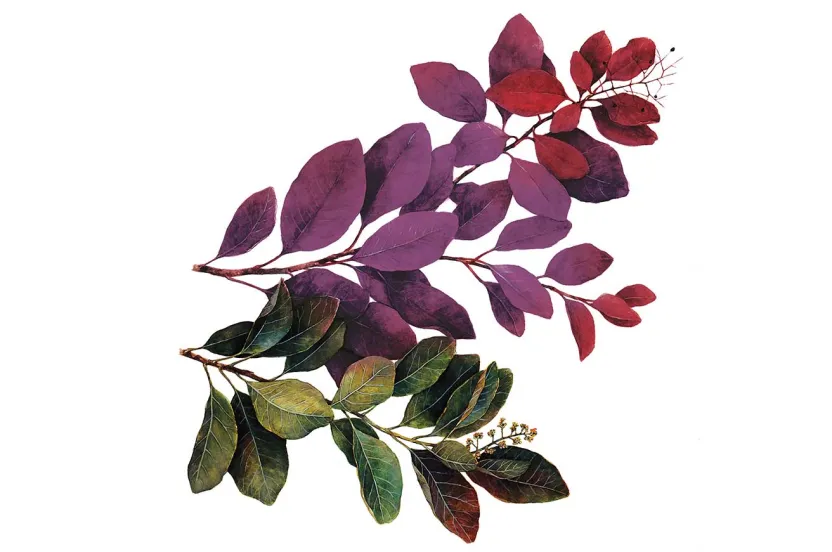Now live: The 2025 Canopy Report. Learn how Americans see trees. GET THE REPORT
Celtis occidentalis
The hackberry has appropriately been called, “one tough tree.” Colonists had enough other trees to choose from that they didn’t pay much attention to the hackberry trees. They found them scattered throughout forests rather than in solid stands. The quality of the wood relegated its use mostly to barrel hoops. On the drier plains, it was used along with any other wood that could be obtained for flooring and other parts of the homestead. The first colonists paid it the indignity of calling it ‘hagberry.’ This was either mistaken identity or because they found it similar to the wild cherry species by that name in Scotland. The tree eventually became the ‘hackberry.’
This tree has some unique characteristics. The bark resembles warts on young trees and changes into ridges as the tree matures. Witches’ brooms are also common among hackberry trees. Witches’ broom is a disease where a dense cluster of branches grows from a single point, often resembling a broom or bird’s nest. These deformities are often a cause of stress formed from tiny mites and a powdery mildew. Although they may not be attractive to look at, witches’ brooms don’t pose as a threat to trees.
The hackberry produces small, dark-red berries that turn purple as they mature. Inside is a pit, that when scraped clean, reveals an interesting net-like pattern. The fruit of the hackberry is popular with winter birds, especially the cedar waxwing, mockingbird, and robin.
Today, the status of the hackberry is much higher, although still not appreciated by many who select and plant trees. it has a combination of attributes that make it suitable for planting in harsh settings, whether in a windbreak on the Great Plains or a park in New Jersey (hardiness zones 3-9). It has a growth habit that resembles elm (without elm’s susceptibilities to disease), and its berries and leaves serve a wide variety of wildlife. Hackberry is also an excellent choice for the energy and water conscious landscaper. It offers a combination of dense summer shade that cools houses, and an open winter crown that allows passage of the sun rays to provide natural warmth during cold season. It’s tolerance to drought eliminates the need for watering once the tree is established.




